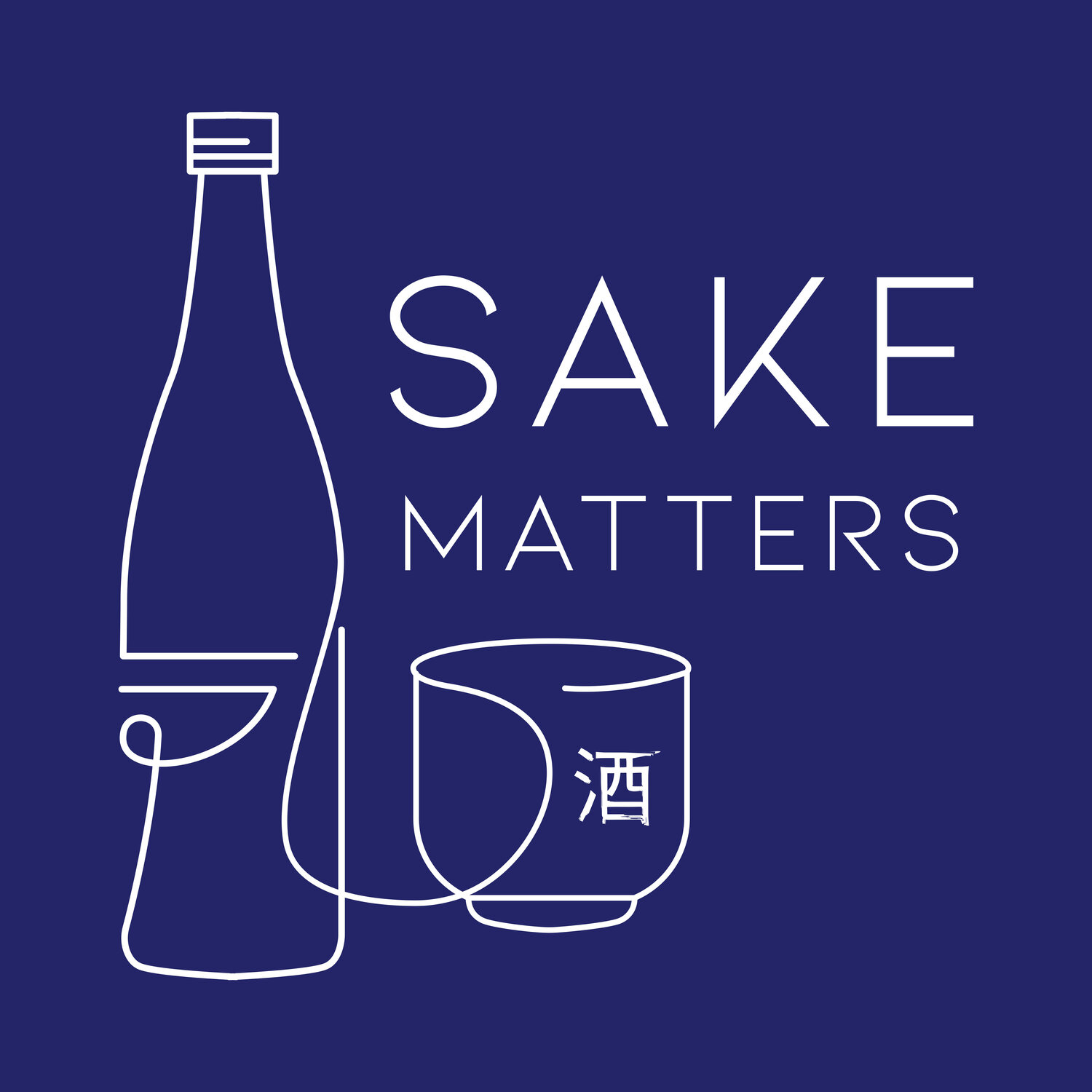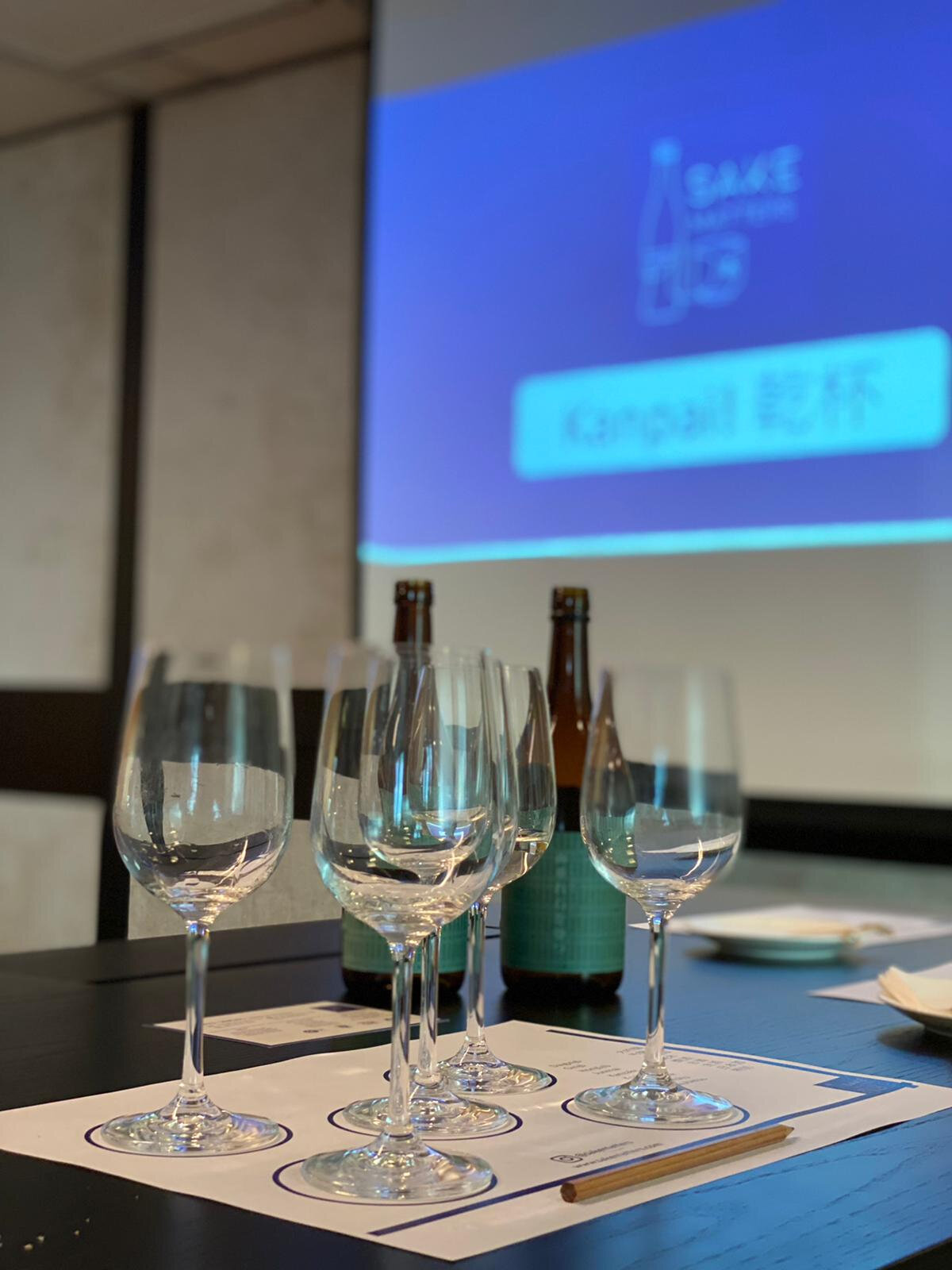“ARE YOU NOT ENTERTAINED?”
It’s not exactly fighting for your life in front of thousands of Colosseum season ticket holders but it’s still an unnerving experience standing in front of a bunch of strangers, dozens of pairs of eyes focused on you, as you kick off another Sake 101 presentation.
I didn’t really ever see myself as being an educator. Teaching was something my mum did for many years, very well I should add, and lucky me, I don’t even have to face the snotty glares that she no doubt had to.
I thought it would be fun, cathartic even, to scribble down in this more than overdue post some observations facing the Sake educator in 2021. My fellow Sake preachers, please share your thoughts!
Back in my day, the introduction of the basic whiteboard was quite something. The mere change from chalk to very sniffable marker pens was significant, the sudden absence of chalkdust an added bonus. For eighties classmate Richard Hutchings, perhaps the most proficient at stamping others with a chalkdust heavy board eraser, this must have been a deeply troubling development. He turned to the compass as his weapon of choice I think.
Anyway, I digress. Point is, twenty and thirty something audiences now expect to be entertained as much as educated with a multimedia feast, quite a daunting scenario for this technophobe. They’re paying for your performance and PowerPoint alone can’t compete with the incalculable entertainment options within their grasp on the table, courtesy of the dreaded cell phone.
So this leads me rapidly on to my first observation: Let them drink.
On this point I’m very much with them. More often than not, having dashed from one thing or other to a Sake event, there’s always a pressing email or outstanding notification to address, pinging away and merrily illuminated on your screen. The temptation to engage is huge and facing a lengthy introduction to any presentation thereby becomes a battle of should I/shouldn’t I flick open the device.
A drink in hand seems to more often than not focus the mind away from the distraction: “I’m here to taste, I want to know what this is.” Better still, talk to your audience, elicit views and opinions. Do they like the Sake in their glass? What aromas and flavours are within? Like any good close-up magician, it’s distraction tactics.
How many agendae have you seen with “A little about me,” turning out to be actually “Rather too much about him”?
Most if not all of your delegation will have made a conscious decision to invest in whatever session you’re running based on some or at least a scant amount of research into the person pacing about stage front. They have a decent idea, I believe, of who you are and what you do, and what is about to unfold, so don’t bore them to death with a deep dive into your irrelevant past.
So, observation 2: Keep the intros short and memorable.
I tend to try and keep it simple, in the full knowledge that I have previously experienced some pretty dull self-indulgent testimonials to the point of being inspired to write tomorrow’s grocery shopping list, as the speaker reels off a list of clients and tenuous awards. At least that’s what I think he was on about.
However, logos dotted across the slides, handouts and, basically, anything that you can sensibly tag, certainly seems to help. Plus, technology has made us lazy so forget it if you think people will type SAKEMATTERS into a search box, better to get a QR code to prevent the dexterity test.
Start your session with a captivating opening (a “grab ‘em” as my first ever workplace training seminar called it back when OHP acetates were all the rage - if you’re under forty, Google it). However, don’t expect folks to patiently wait too long for that explosive ending you’ve planned. Attention wanders so like any good Bond film you need a car chase or the like in between the rooftop shootout opener and the finale of foiled world domination.
So, observation 3: Keep the class well-oiled with Sake.
I had on a couple of occasions fallen into the trap of leaving everything to the end, for one final big bang of excitement as all that pent up fidgeting could be released into a tasting of Bacchanalian proportions. It seemed like a good idea on paper, but I alone knew it was worth waiting for. Not so clever.
If you’re captivating enough to miss out the libations mid-session, banking them for the end, then do but I’m keen on the turn of pace this allows me when I intersperse them throughout. Make the gaps in between each pitstop different, mix it up, keep the audience surprised. Even pour two glasses, not just the one. That’ll surprise them. The lack of structure can be your friend. Be structurally unstructured.
This strategy is a piece of great advice that saved me from those straying fingers intent on sleight of hand phone opening, so I now dot in a glass here and there to truly bring what I’m trying to say to life. What is it they say? Communication is not just what you say but how you say it, and your body language, right? For added fluency of message, let them drink the evidence of what you’re trying to express.
A picture paints a thousand words, a slurp of Sake one hundred thousand.
As a Brit, we’re pre-programmed I fear to have an enthusiastic enjoyment of alcohol. Just look how we behave on vacation, historically in the football stadia and on the rock and roll stages of the world.
University teaches you many things, amongst which “Don’t waste booze” seemed to be high up in the commandments of the folks I knocked about with. Gosh, we were so cool, weren’t we? Not really. Many of us learned to drink our instant coffees black, well why on earth would we waste beer money on milk? Bottom line was that as students we could drink what we wanted, eat trash and still fit into whatever size pants we fancied.
Observation 4: Not everyone drinks with a student mentality now.
This is in fact an underlying problem in Japan. The kids just aren’t drinking the amounts they used to, be it Sake or another alcoholic beverage.
Yet it still comes as a shock to me then that guests at tasting events who have paid good money to learn and indulge, taste with an expert and further their appreciation of a drinks category leave sips, or more, in their glassware. At least swill and spit, that’s surely more valuable?
Such levels of consumption do make for more cost-effective sessions but it still strikes me as disconcerting why glasses remain full. Did they not like it? Did I explain things badly and this inspires protest by abstinence? Why are you here? Of course it really doesn’t matter, but I can’t help but wonder.
Learning from that initial welcome drink is hugely insightful. Some will have chugged it almost before you’ve finished the introductions and pleasantries but others will still be nursing it well into the session. That’s good to know.
Naturally observation 5 then follows 4: Be careful with how much you pour.
This, for any session, is a no brainer really. Whilst wanting to appear generous in the eyes of the guest shouldn’t mean wastage, and any desire to play the generous host should be restrained by two things: (1) there’s a level of perceived generosity in topping up passionate people’s glasses and (2) Japan’s brewers didn’t work through ungodly hours and freezing temperatures just for that fleeting Instagram moment.
There are of course four or five more observations I could drop in but time’s up. So why am I writing this? I suppose it’s an exercise in self-assessment. As an added bonus, it turns out it has made me consider a bit more deeply how I go about organising these things. Not every guest is the same or has the same objectives for the classes. “Could do better,” as my school report would say for Physical Education, understandably.
For some it’s just fun, others part of a serious desire to better their Sake knowledge. Sure, there are some that want the selfie clutching an isshobin and six generously filled glasses, Sake Matters credentials in hand. Back in the day, eccentric yet scholarly Mr Rayment might have launched a white chalky missile at such a person during French class. Or a shoe. Did that really, happen?
It doesn’t matter though, I’m fine with it. They’re learning about Sake, we’re spreading the story. And my sporting prowess, or lack of it, would make for a very badly thrown projectile anyway.
Observation 6 goes without saying really: Don’t thrown stuff at your delegates.











